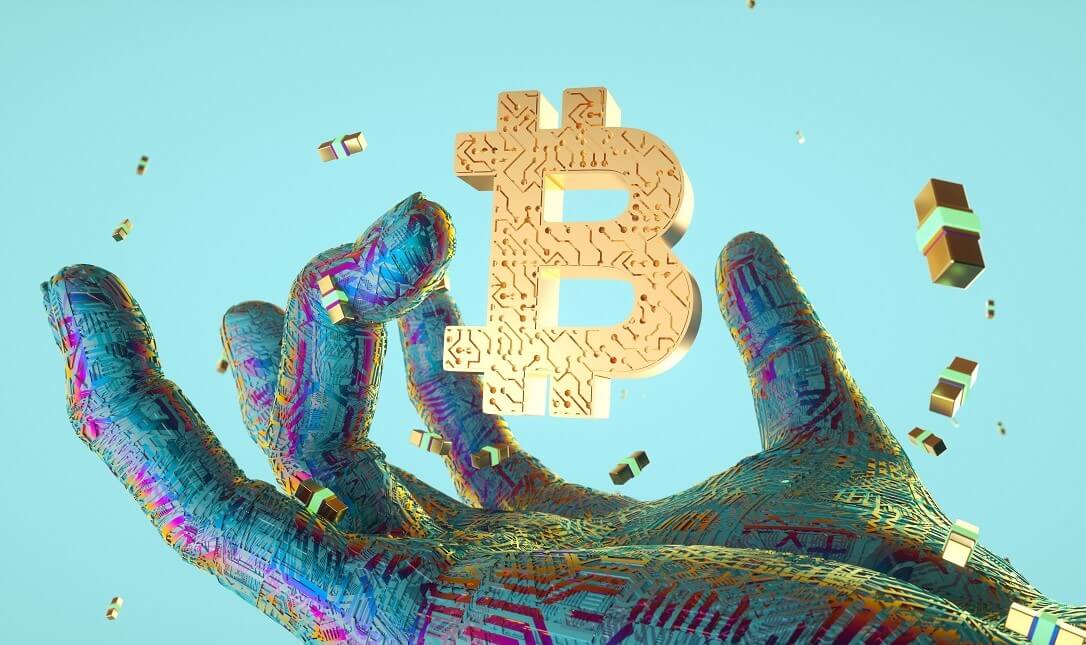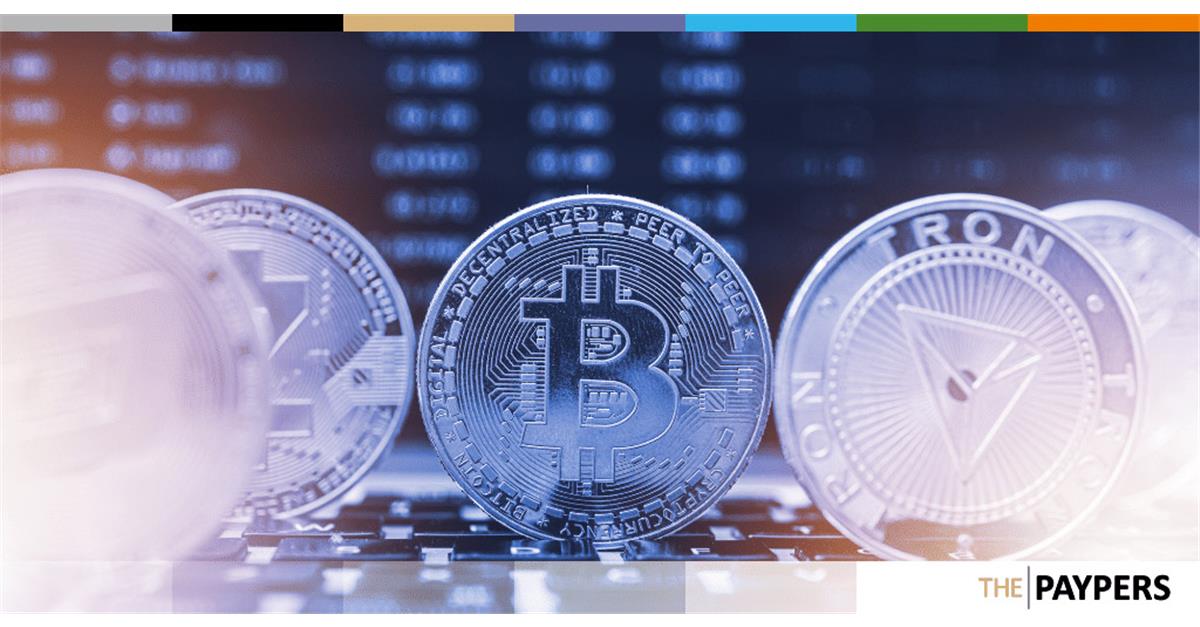Is It Time To Start Talking Seriously About Bitcoin Tail Emissions?


It is almost a truism that Bitcoin (BTC)’s main selling point is its hard supply cap, which limits its total possible circulation to BTC 21 million. However, contrary to this received wisdom, there seems to be a growing chorus of people who worry that a hard cap is not without problems, and that Bitcoin will run into problems when block rewards get too small (and later stop altogether) .
A recent uptick in discussion of this issue was encouraged by developer Peter Todd, who in July published an article titled “Surprisingly, tail emissions are not inflationary.” Initially, Todd noted that “no proof-of-work (PoW) currency has ever run solely on transaction fees,” and that the lack of rewards could make block production unstable in the future.
Given how well-respected Peter Todd is in cryptocurrency circles, many other serious commentators have taken his arguments as the starting point for an exploration of whether Bitcoin’s monetary policy needs to change in the not-too-distant future. And there seems to be support for the introduction of so-called tail emissions, even if this support is not unanimous.
Mixed support for Bitcoin tail emissions
It is not too difficult to find industry figures that will support the introduction of tail emissions, which in practice means that block rewards will continue indefinitely. In other words, Bitcoin’s famous hard cap of 21 million would effectively be abolished, although any perpetual reward is likely to be small.
“I have been very vocal for two years already, about needing tail emissions at some point in Bitcoin. These tail emissions will only be necessary after four or five halvings, so in about 15-20 years,” says Dr. Julian Hosp, CEO and founder of Cake DeFi.
Hosp argues that most Bitcoin hardliners either don’t understand the need for tail emissions, or they bury their heads in the sand to maintain the simple—and attractive—narrative of the supply cap.
Of course, many people who would oppose tail discharges would insist that they do understand Bitcoin’s monetary system, and that they still don’t think tail emissions are necessary, at least not for a long time.
“In general, I welcome the discussion around Bitcoin’s long-term viability. But I think the block support will be sufficient for the next couple of halving epochs (as far into the 2030s), after which ideas like changing Bitcoin’s monetary policy may be more urgent than they are today, says Trezor Brand ambassador Josef Tetek.
For Tetek, any attempt to change the 21 million BTC issuance limit will “fail”, mainly because it is an “important part of Bitcoin’s DNA”. For others, trying to change roofs is not necessarily doomed to failure, but it will almost certainly be a lengthy and contentious process.
“Such a protocol change, which will change Bitcoin’s fundamental economics and can only be implemented with a hard fork, will be a long and difficult process for the bitcoin community to reach consensus on,” said Nishant Sharma, the founder of BlockBridgea consulting and advisory firm for the bitcoin mining industry.
Basically, the bottom line is that Bitcoin and its proponents have spent so long championing the cryptocurrency based on its ceiling, that performing a U-turn now could involve something of a paradigm shift.
“I think it will be challenging to make an effective argument for bitcoin tail emissions. Much of the use of bitcoin was made from an argument that the mining plan would fall off a cliff,” said developer Bryan Bishop.
Other figures simply refuse to be drawn into the debate, with one Bitcoin developer (who prefers to remain nameless) responding to Cryptonews.com by suggesting that our questions are all “quite speculative” and that “nobody knows at this point” where monetary policy might end up.
Transaction fees alone
At the heart of the arguments that a tail emission is necessary is the sub-argument that transaction fees alone will not be enough to support Bitcoin and the mining industry it relies on.
“Transaction fees might be enough, but that would mean fees would increase dramatically over time. I’d rather see a very small amount of inflation and low transaction fees, than fees alone having to pay for the security that miners provide,” suggests Julian Hosp.
Casual observers might assume that Bitcoin developers would be strictly opposed to tail emissions. However, Bitcoin Core contributor Bryan Bishop is also working on his own experimental digital currency Webcashand in the latter’s case he admits to considering adding inflation to the end of the supply schedule.
According to Bishop, such inflation is intended to “(1) allow people to continue mining, and (2) to pay for server expenses or other operational costs.”
That said, Webcash isn’t a direct analog to Bitcoin, since “mining doesn’t secure the network, so there’s a lot less risk with this kind of alternative architecture,” Bishop adds.
Other commentators argue that transaction fees will be enough to secure Bitcoin, and that spending base layer fees will be offset by the growing use of layer-two networks like Lightning.
“As Bitcoin adoption spreads worldwide, on-chain transactions will likely be in demand and transaction fees will rise accordingly. However, that doesn’t mean ordinary users will be priced out – it’s more likely that most of Bitcoin’s economic activity will happen at additional layers like the Lightning Network, with Bitcoin’s base layer (blockchain) serving the role of final settlement, says Josef Tetek.
This is also more or less the view of Nishant Sharma, who essentially argues that a rising BTC price will make transaction fees more viable.
“As Bitcoin’s usage continues to increase, the transaction fees earned by miners will likely grow inversely to the declining block rewards. Additionally, if market sentiment continues to drive bitcoin’s price up, it will increase both revenue streams for miners,” he says. Cryptonews.com.
Set in stone?
Given these mixed views, it is likely that the future will be determined more by practice than by predetermined decisions.
That is, if the Bitcoin network becomes relatively uncertain or unstable in the future as a result of the drying up of block rewards, more people will come to the idea of tail emissions. If it does not, and if transaction fees appear sufficient, the weight behind a shift in monetary policy is likely to be negligible.
But for some there is no chance of a change, and no desire right now to entertain the possibility of one.
“I think Bitcoin’s monetary policy is really set in stone at this point and any attempt to change it will be met with a resistance stronger than 2017’s block size war. I will definitely be among those running a full node enforcing the 21 million limit, says Josef Tetek.
On the other hand, miners have the most influence in Bitcoin, and if a large enough majority supports a shift, a shift will occur, with Bitcoin splitting (again) in half.
As Nishant Sharma concludes,
“With both Bitcoin and bitcoin mining becoming increasingly institutional, the discourse surrounding such proposed changes will change and we may see protocol changes that were unthinkable in the past.”
____
Learn more:
– Galaxy Digital’s Novogratz doubts Bitcoin will pass the $30,000 barrier anytime soon
– Bitcoin could fall to USD 13.6K this year, panel says after adjusting predictions once more
– Q2 Saw Over 59% of Bitcoin Mining on Sustainable Energy Mix – Bitcoin Mining Council
– Bitcoin Miners in Q2 sold 660% of what they sold in Q1 – Report
– 5 ways to earn Sats in the Bitcoin Lightning Network economy
– As Bitcoin scales with the Lightning Network, what role must Litecoin play?
– Report on Lightning network-powered DeFi and NFTs rejected even by Bitcoin advocates
– The words we use in Bitcoin: words, language, terminology and linguistic attacks
























